1. Main inspiration: Nostalgia and philosophy about identity
The inspiration throughout Thirst is nostalgia, but not a purely emotional reminiscence, but a philosophical nostalgia – looking back at the past as a mirror reflecting the present, thereby gaining a deeper understanding of human destiny in the flow of time and personal life.
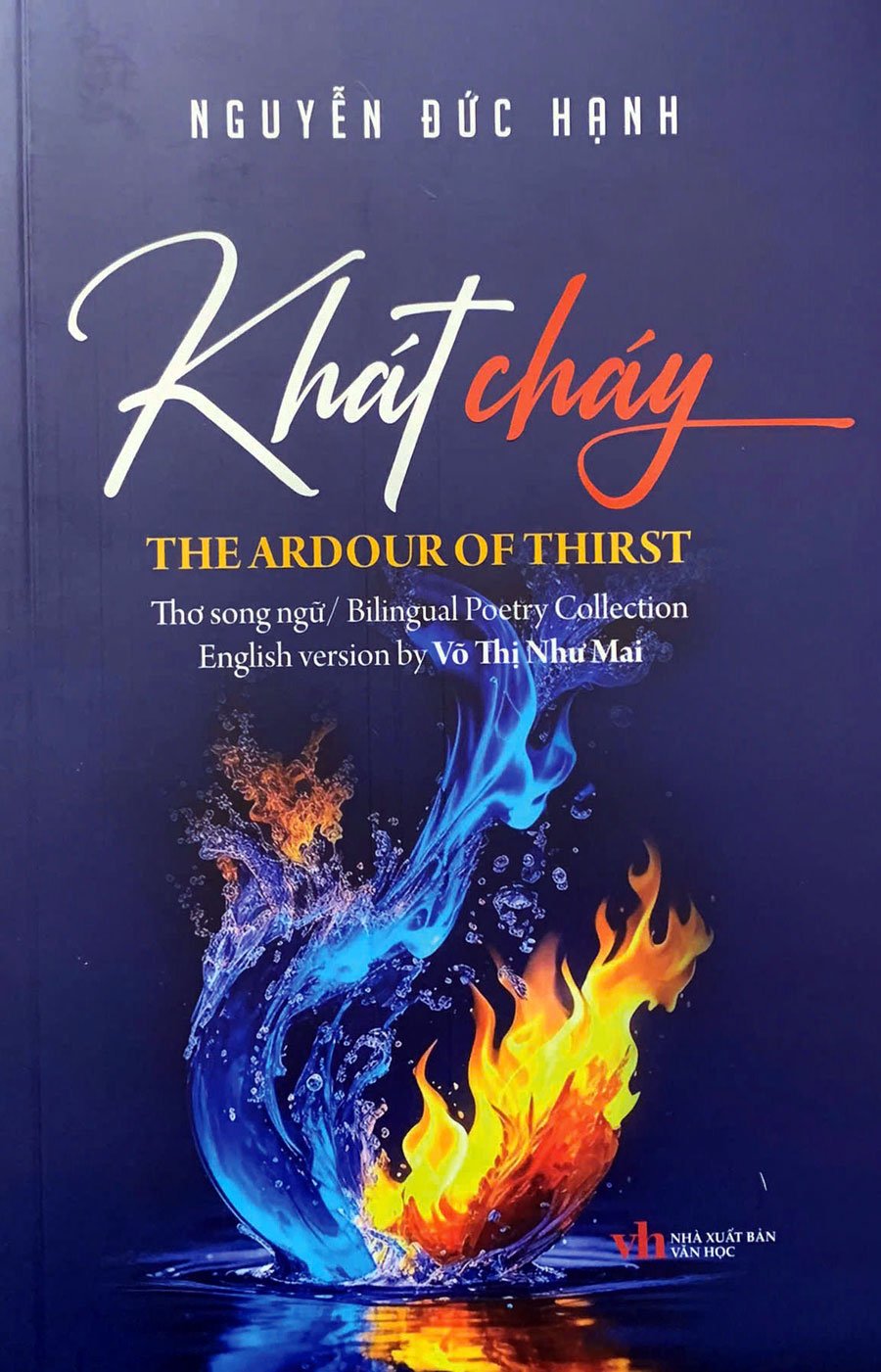 |
“Mom, I’ve lit a fire” (pp. 40-43): The poem is a call back to memories of a deprived childhood, where reality and metaphor intertwine. The images of “the moon as thin as the last guava on a winter tree” (p. 41) and “mother catches it with her sunken eyes” (p. 42) not only recreate a harsh space but also symbolize maternal love and the journey of independence. The verse “Wherever you roll, the saltiness enters your heart. The saltier it is, the purer it is” (p. 43) condenses the philosophy of life: The bitterness of life is the purifying material, helping people become purer and more sustainable. This poem not only evokes personal memories but also opens up a depth of thought about the connection between people and life, between the past and the present.
“Self-portrait” (pp.82-83): This is a poetic self-examination of the author’s multifaceted self – poet, civil servant, father, husband. The question “Is a life of wine salty?! In every rusty crack…” (p.82) is like an echo from the brokenness of life, reflecting the collision between ideals and reality. The pain in the poem does not have a tragic nuance but is a deep contemplation, accepting the damage as an inevitable part of one’s fate. The poetic voice here is both anxious and tolerant, creating a haunting inner dialogue space.
“Thinking in the Night” (pp. 60-61): With lines like “There are many rivers that flow without looking back… Some people are made of wood, some are made of agarwood…” (p. 60), the author affirms that memory is not only an emotion but also a foundation of knowledge, a tool for dialogue with the world and oneself. This poem is a testament to how Nguyen Duc Hanh uses nostalgia as a philosophical means, placing people at the center of worldly and inner turmoil.
Nostalgia in Burning Thirst is not only a poetic material but also a means for the author to philosophize about existence. Through his poems, he puts people at the center of changes – both outside society and inside the soul – to open up a depth of awareness that is full of awakening and humanity.
2. Artistic symbols: Fire – Water, Thirst – Burn
The system of symbols in Burning Thirst is a testament to a tightly organized artistic style, rich in generalization and philosophical suggestion. Fire and Water, Thirst and Burn are not only emotional images but also a pair of artistic categories closely linked to the main idea of the collection of poems: The opposition is mutually supportive, both tormenting and saving, both destroying and regenerating.
Fire: The image of fire appears as a multi-layered metaphor. In “Mom, I’ve lit a fire” (pp. 40-43), fire is a childhood memory, a persistent life amidst hardship. In “Talking to you when your hair turns gray” (pp. 48-49), fire is love, a burning bond between two people: “You are the firewood and I am the fire… The baked potatoes are fragrant” (p. 48). In poems with a worldly nature such as “Wind-cutting hands” (pp. 65-66), fire becomes a symbol of war, of aspirations burned in the era. Fire in Nguyen Duc Hanh’s poetry is not only a destructive force but also light, awakening and rebirth.
Water: Water is the counterpart of fire, gentle, profound, and sometimes vague. In “Dry Season” (pp. 50-51), water is a flowing memory, an elusive flow of time. In “Sleeping by Dau Tieng Lake” (pp. 68-69), water becomes a space of silence, where people face themselves. The interplay between fire and water creates an inner rhythm that is full of contradictions but also very real, reflecting the state of modern people – both intense desire and contemplation.
Thirst and Burning: This pair of symbols is elevated to the central artistic ideology. Thirst is a state of lack, an existential need – thirst for love, thirst for a reason to live, thirst for redemption. Burning is the result of thirst, a state of consumption, but at the same time it is also light, an opening. In “Walking along the dike to call the season” (pp. 54-55), thirst and burning blend together, creating an intense desire to live: “I go to call the season/Burning the dike” (p. 54). Nguyen Duc Hanh’s poetry has a dialectical spirit, where the most intense things reveal the purest things of the inner self.
3. Uniqueness in artistic style
3.1. Five Songs: Intersection and Difference
Thirst is divided into five parts, each part is an emotional piece with its own rhythm, structure and symbolic system, but closely connected through two main axes: Fire - Water and Thirst - Burn.
“Talk to me when my hair turns grey” (p.48-49): The poem is a love song full of metaphors about family affection. The writing style is calm but fierce: “You are the firewood and I am the fire… The baked sweet potatoes are still fragrant” (p.48) evokes a warm, close space, but also burning with desire. This poem is a testament to Nguyen Duc Hanh’s ability to turn ordinary things into layers of profound meaning.
“Born at Ben Tuong” (pp. 72-73): The poem is associated with cultural geography, where the author connects the individual self with the community space. Ben Tuong is not only a place name but also a symbol of identity, where people define themselves through memory and culture. The image of “Ben Tuong embracing me” (p. 72) has a strong evocative power, creating a poetic space that is both private and universal.
“Rain Station” (pp. 32-33): Part of the current affairs poetry section, the poem uses the images of “broken train platform” and “old trains searching for each other forever” (p. 32) to evoke layers of meaning about human life, times and memories. People are like trains without return tickets, drifting forever towards the final station of destiny. This poem is a typical example of how Nguyen Duc Hanh combines nostalgia and philosophy, creating a multidimensional poetic space.
Each song has its own rhythm, but when read continuously, the reader recognizes the resonance between the parts, creating a harmonious whole, like a multi-movement symphony.
3.2. Unexpected and multi-layered associations
Association is the strong point in Nguyen Duc Hanh's poetry - not ostentatious but endogenous, surprising and rich in meaning.
“Her face is sad like the late moon – holding a basket of fish, sitting there, wanting to fry it while feeling sorry for it” (p.83): A rare image, a combination of reality and surrealism, carrying a quiet but profound emotion. This verse evokes sympathy for the simple things in life, while opening up a suggestive poetic space.
“The river shivers. People sigh. The red fire crackles with love” (p.41): The transition of feelings between humans and nature, between the sound of the monochord and the night fire, creates a poetic space that is both familiar and magical. This association is not only beautiful in form but also strongly evocative of the communication between humans and the universe.
“Bad poetry turns into foxes. Good poetry turns into chickens” (p.59): A humorous yet profound wordplay, reflecting skepticism about artistic value in the context of mixed truth and falsehood in contemporary poetry. This verse is an example of the subtlety in the way Nguyen Duc Hanh uses language to both create and criticize.
These associations create a unique color, the "fire element" in the "water element" world of Nguyen Duc Hanh's poetry, making his poetic voice difficult to confuse with anyone else's.
3.3. Strange, Beautiful, and Suggestive Poems
The language in Burning Thirst is rich in imagery, both soft and suggestive, touching on new poetic areas:
“Tie up the silver hair/The golden sunlight is joyful” (p.49): The image is both gentle and profound, evoking the intersection between age and the joy of life. This verse is a testament to the author’s ability to create images that are both beautiful and philosophical.
“Poetry is a plant that drinks tears and stays green” (p.75): A unique definition of poetry, emphasizing the enduring life of poetry in pain. This verse is not only beautiful in form but also opens up a space of thought about the nature of art.
“The ripe fruits are like the shy sun/Warming each other’s lips with a sweetness that is astonishing” (p.49): The beautiful, evocative verse, full of humanity, both strange and familiar, makes the reader moved. This image is an example of how Nguyen Duc Hanh combines emotion and philosophy in poetry.
4. Humanity in a critical view
Nguyen Duc Hanh reflects on life with a tolerant perspective, not condemning but penetrating, not criticizing but suggesting.
“Whispered words often hurt deeply” (pp. 70-71): The haunting question: “On this earth/Does whisper deeply?/Does speak loudly and forget quickly?” (p. 70) is a humane and anxious observation about an era of many uncertainties. This verse not only reflects reality but also evokes reflection on the value of silent things in life.
“I am a clumsily grilled bamboo tube of rice” (pp. 78-79): The metaphorical image of oneself as a burnt but still fragrant bamboo tube of rice (p. 78) affirms that even though people are hurt, they still live to love and to create. Although the form may not be perfect, the content still retains its fragrant value. This verse is a humane self-affirmation, strongly suggesting human dignity.
The critical view in Nguyen Duc Hanh's poetry does not deny reality but raises profound questions, provoking reflection with humanistic materials.
5. Silence and Implicit Rhythm in Poetic Structure
A prominent element in Nguyen Duc Hanh’s poetic art is the way he creates silence – intentional gaps – as an organic part of the poetic structure. His poems are not noisy, not loud, but slow, restrained, rich in pauses, creating an attractive and haunting hidden rhythm.
“I fold my sadness in half/Place it on the windowsill/Waiting for someone to come and pick it up…” (p.62): An incomplete image, a line of poetry that seems to be left unfinished, but it is this incompleteness that creates poetic depth. This line of poetry is like an incomplete piece of music, not needing an ending, because the vibration is already full from within. This technique helps Nguyen Duc Hanh’s poetry have a contemplative tone, rich in inner strength.
The structure of many poems is not linear but fragmented and interwoven, sometimes like a stream of endless memories, sometimes just a few separate images that resonate for a long time. It is the lack of a definitive conclusion, or the intentional stopping at linguistic “breaks”, that makes the poem an open space for readers to co-construct meaning.
6. Artistic Symbolism: Metaphorical Depths
The symbolic images in Burning Thirst are not merely decorative but become ideological pillars where the author conveys his emotions, perceptions and philosophy of life.
Rain: Rain is a symbol of spirituality and humanity. Poetic lines such as “Bumping into the glass rain – the rain breaks” (p.75) or “Who will hold the rain with me?” (p.59) evoke feelings of loneliness, silent sadness and the ability to purify the spirit. Rain is both the tears of the world and a sign of resurrection.
River: River is a symbol of time and destiny. In “The Da River embraces you and me…” (p. 75) or “If you are sad, go to the wharf/Let yourself drift through the muddy to find the clear…” (p. 74), the river is a sacred space for people to dialogue with themselves and the universe. The river becomes a metaphor for the journey of human life from the beginning to infinity.
Trees: Trees are symbols of vitality – resilient, patient but delicate. Images such as “Poetry is like firewood/Burns and then disappears silently…” (p. 75) or “A flock of dry leaves playing with the dew” (p. 74) express a folk aesthetic conveyed through a modern lens. Trees are symbols of the artistic creation process – from hardship to crystallization, from silence to explosion.
7. Poetry as existential philosophy
Burning Thirst affirms the artistic ability of an author who is able to combine poetry and philosophy naturally. The philosophy in Nguyen Duc Hanh’s poetry does not lie in the expression of concepts, but in the way he places humans – full of wounds, full of questions – in the middle of life.
“Who am I in the silent crack of the century?” (p.80): This question does not need an answer, because the value of poetry lies in its seduction – making the reader stop and listen to himself. Nguyen Duc Hanh’s poetry is an existential philosophical space, where people are illuminated in slices of time, memory and reality.
“When I was young, I went looking for water/Now that I am old, all I have is thirst…” (p.81): This verse is a condensation of the journey of life, from the desire of youth to the awakening of old age. It opens up a space for reflection on the nature of existence and desire.
Conclude
In terms of content, Burning Thirst is a multi-colored picture of identity, memories and the desire to live. It is the poetry of a person who has suffered, lived and is reviving. Through each word, readers encounter familiar images: mother, sister, countryside, rainy road, cold winter… but rewritten with contemplative eyes and a burning heart.
In terms of art, the collection of poems defines a unique style: strong associative writing, novel symbolic language, and a structure of emotional interruptions that create climaxes. The use of poetic imagery, the organization of the poem in an inverted trapezoid, and the transitions in tone between sections are unique, innovative highlights.
Regarding his contribution to contemporary Vietnamese poetry, Nguyen Duc Hanh did not “innovate” through geometrical or technical forms, but renewed poetry through life experiences and the connection between folk materials and modern language. In the polyphonic, multi-layered flow of Vietnamese poetry today, Thit Chay is a voice with a strong personal identity, blending into the great vein of national poetry, deserving to be recognized as a profound artistic and humanistic contribution.
Burning Thirst is not just a collection of poems to read, but a journey to live with, to illuminate oneself in the darkness of the human world. It leaves the reader with the feeling of having just passed through a field of smoldering fire – there is pain, there is warmth, there is light – but always leads the way towards life.
Source: https://baothainguyen.vn/van-nghe-thai-nguyen/nghien-cuu---trao-doi/202507/khat-chay-tho-va-ngon-lua-thuc-ngotriet-luan-trong-coi-nguoi-6d52007/





![[Photo] Dan Mountain Ginseng, a precious gift from nature to Kinh Bac land](/_next/image?url=https%3A%2F%2Fvphoto.vietnam.vn%2Fthumb%2F1200x675%2Fvietnam%2Fresource%2FIMAGE%2F2025%2F11%2F30%2F1764493588163_ndo_br_anh-longform-jpg.webp&w=3840&q=75)




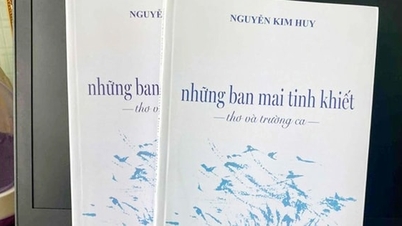









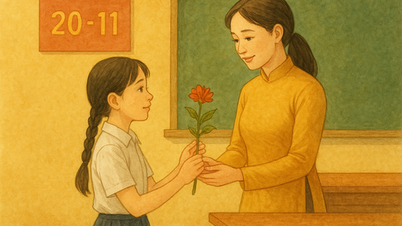

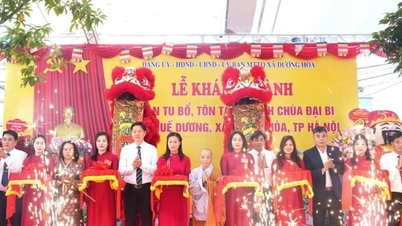
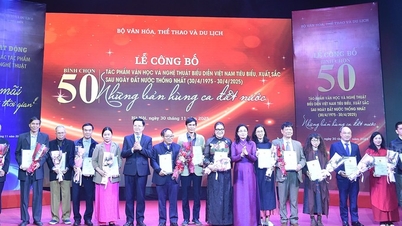

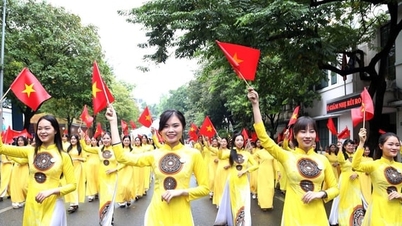
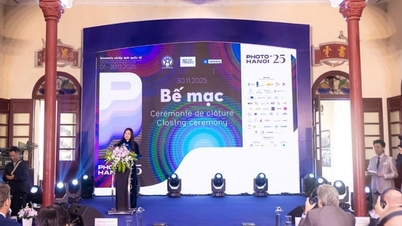













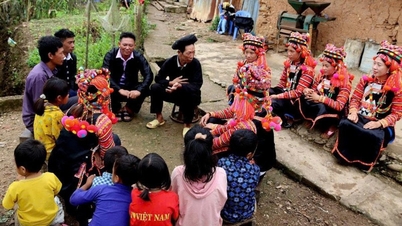

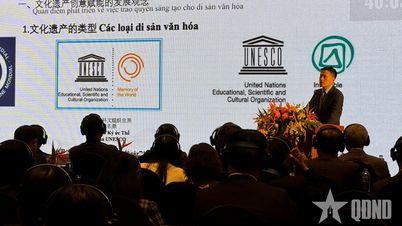



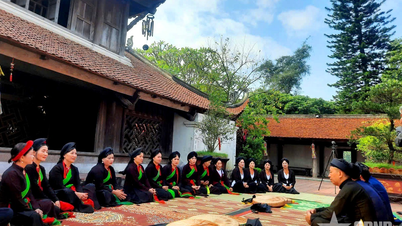




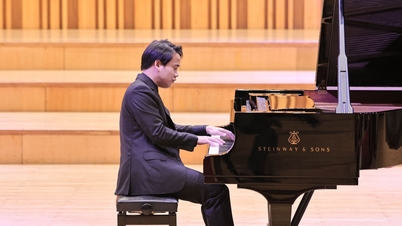






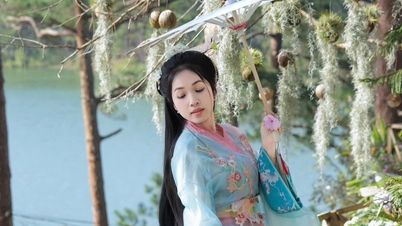











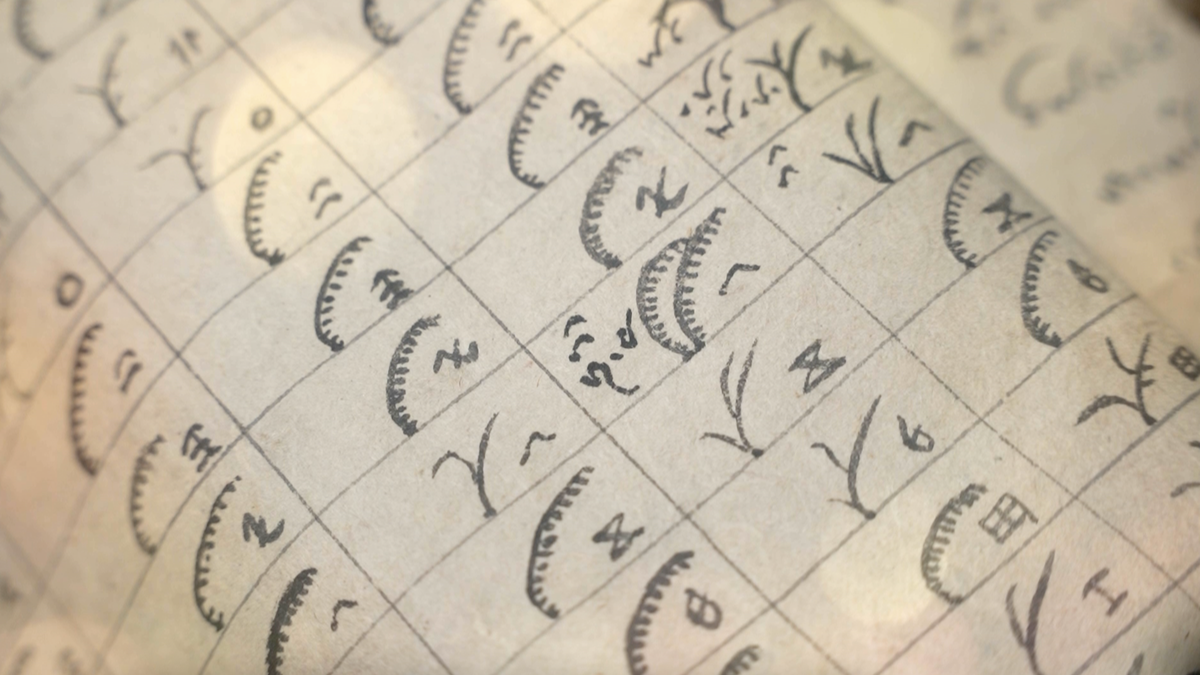
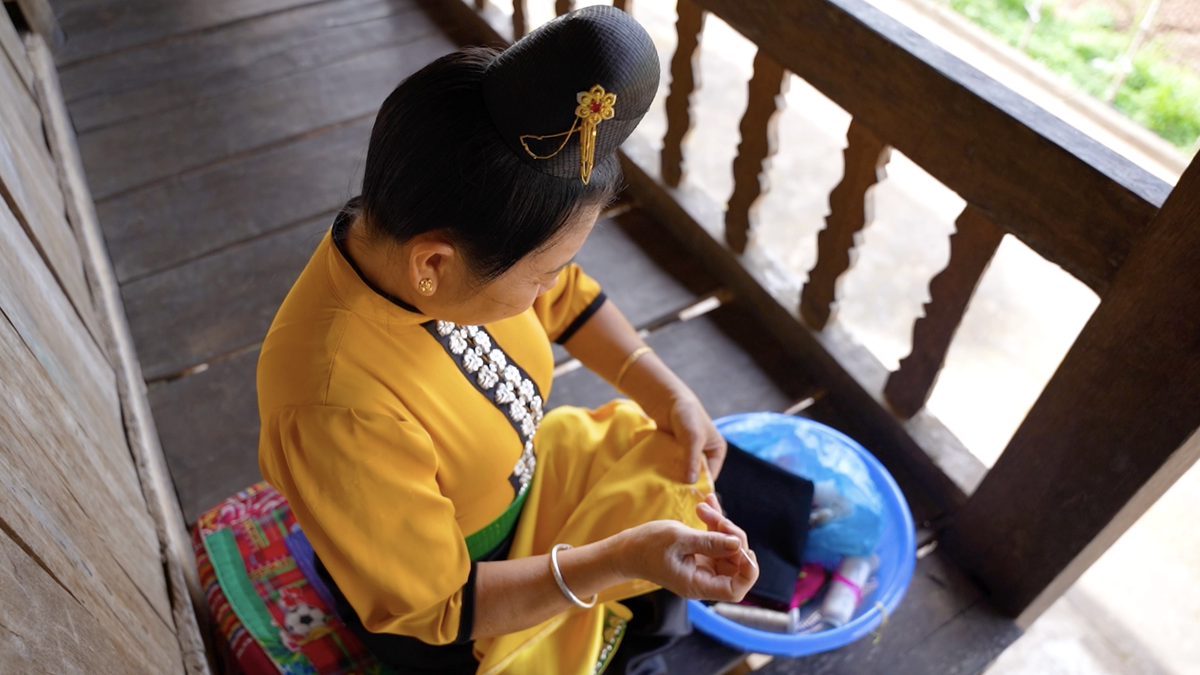


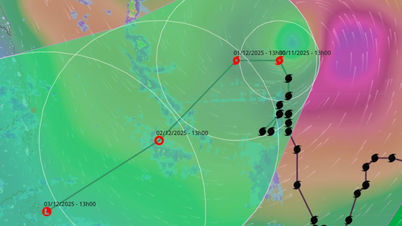




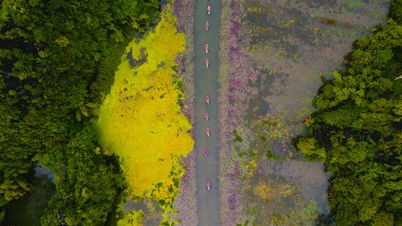

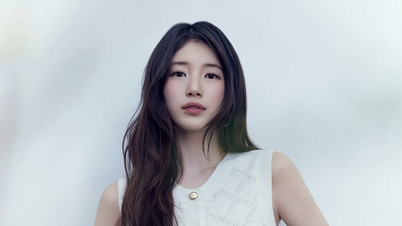

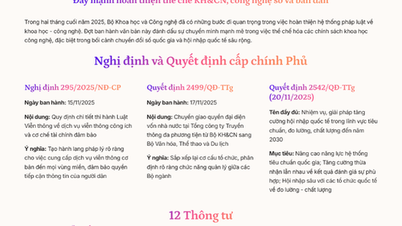






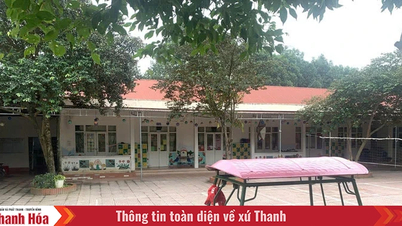




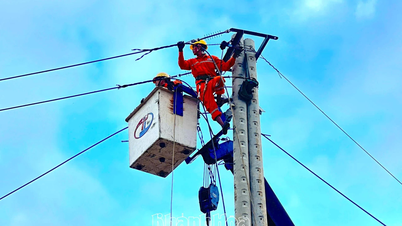










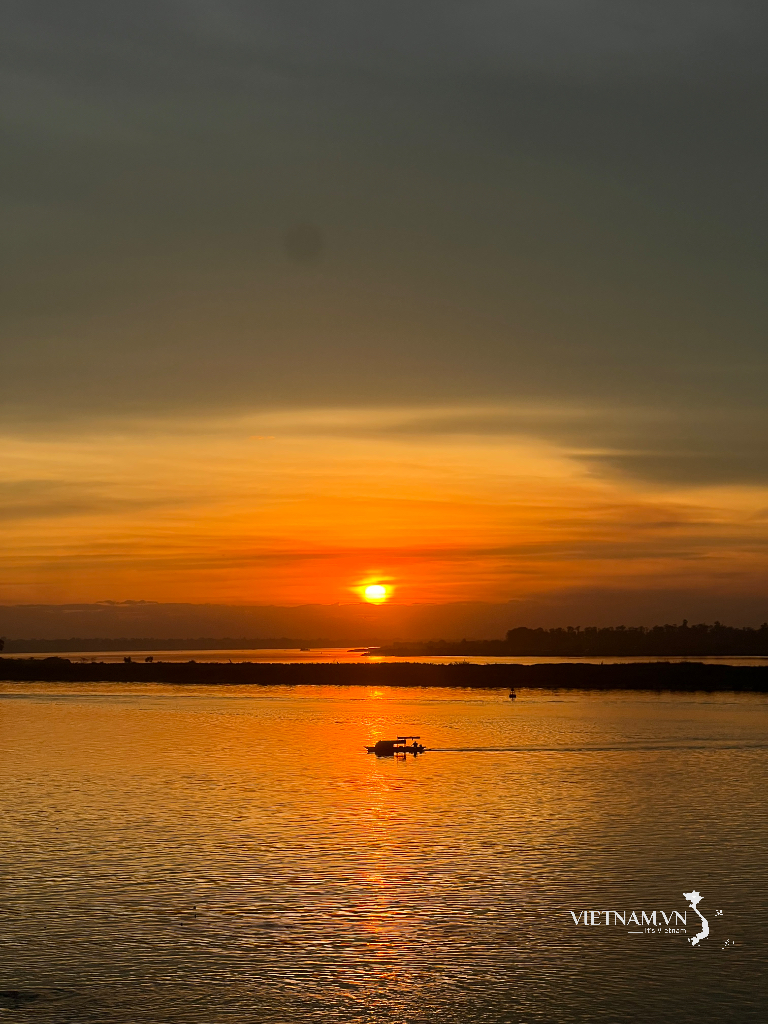


Comment (0)